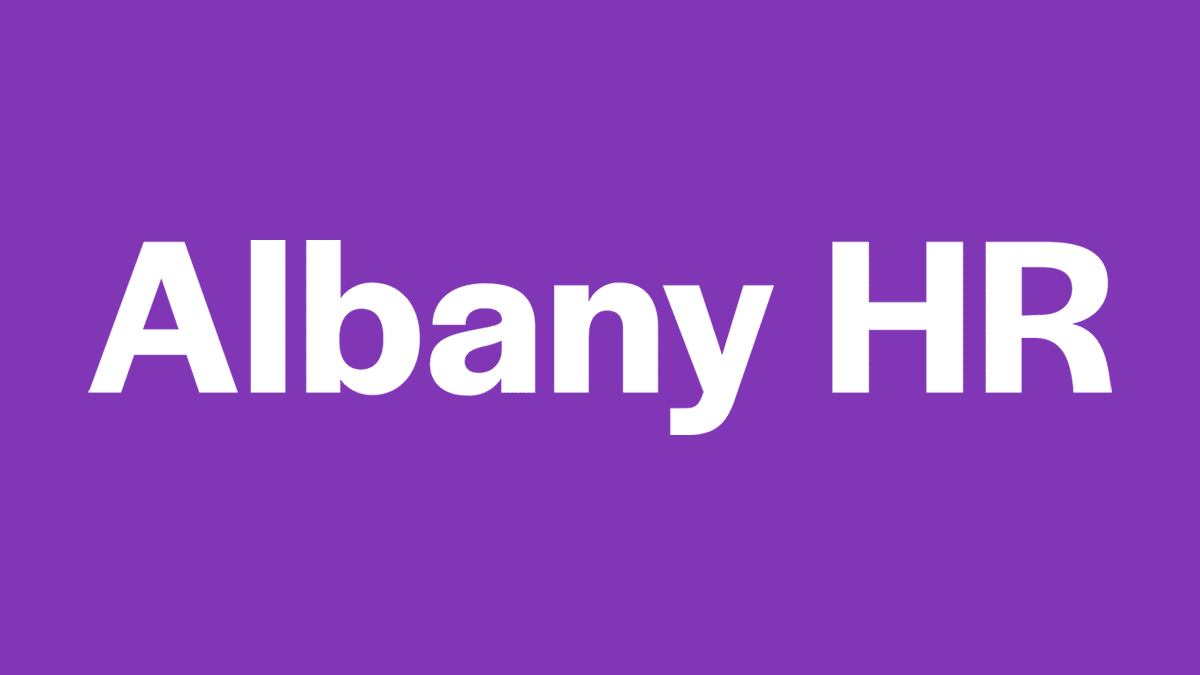Our client was undertaking a review of all salaries and benefits, post a significant job evaluation exercise, for their organisation, and had asked us for our support to benchmark their current remuneration practices and salaries for all employees, with a particular focus on those within the legal and digital functions. This involved an analysis of current market data and benchmarking against comparable organisations.
The Client’s Needs
It had been 10 years since our client had conducted a salary benchmarking exercise and they were experiencing difficulties in retaining and recruiting individuals for key positions within their organisation. This led them deciding to undertake an exercise to evaluate their position and establish how competitive their reward offering was against the market and comparable organisations, and what actions would be required by the client to promote themselves as an employer of choice and effectively recruit and retain talented individuals.
Our Solution
Working with the Head of People and Organisational Development, we conducted an external review of their salaries and their overall reward package including benefits. We reviewed the salaries and benefits from private and public organisations, which were identified by the client, and we provided anonymised benchmarking results from the participating organisations, as well as benchmarking data from the Croner Salary Survey. From our findings we highlighted how the organisation’s salaries compared to the mean, median, upper, and lower quartile data.
We identified that certain roles were not competitively paid, summarising similar roles and their respective pay ranges in the market, and provided recommendations based on current trends. In an increasingly candidate driven market, with changes in employee expectations, and the growth in counter offers, we identified that as well as increasing salary ranges, our client considered additional changes to their employee value proposition. We recommended that due to a growing interest for current and future employees in flexibility, career progression and hybrid and remote working, these might be additional working practices they may wish to adopt. We also identified the most popular employee benefits which included pensions (and other supports to save), subsidised food and drink, and paid volunteering days as options for the client to consider. Lastly, we highlighted the importance of clarity and transparency during the hiring process to ensure they can efficiently recruit new employees.
Our research and recommendations provided our client with options to provide an engaging proposition for their employees to support improved retention and attraction.

